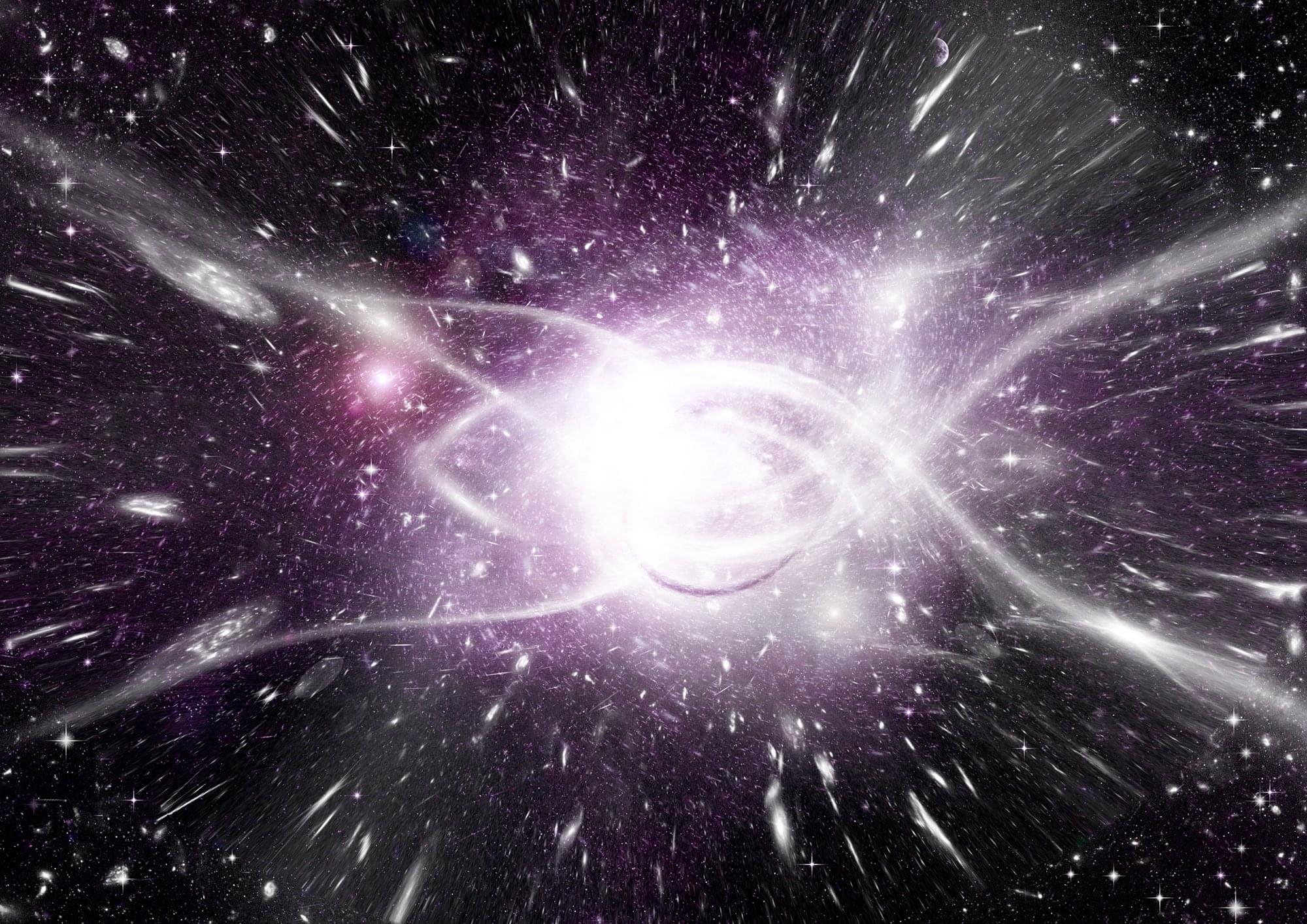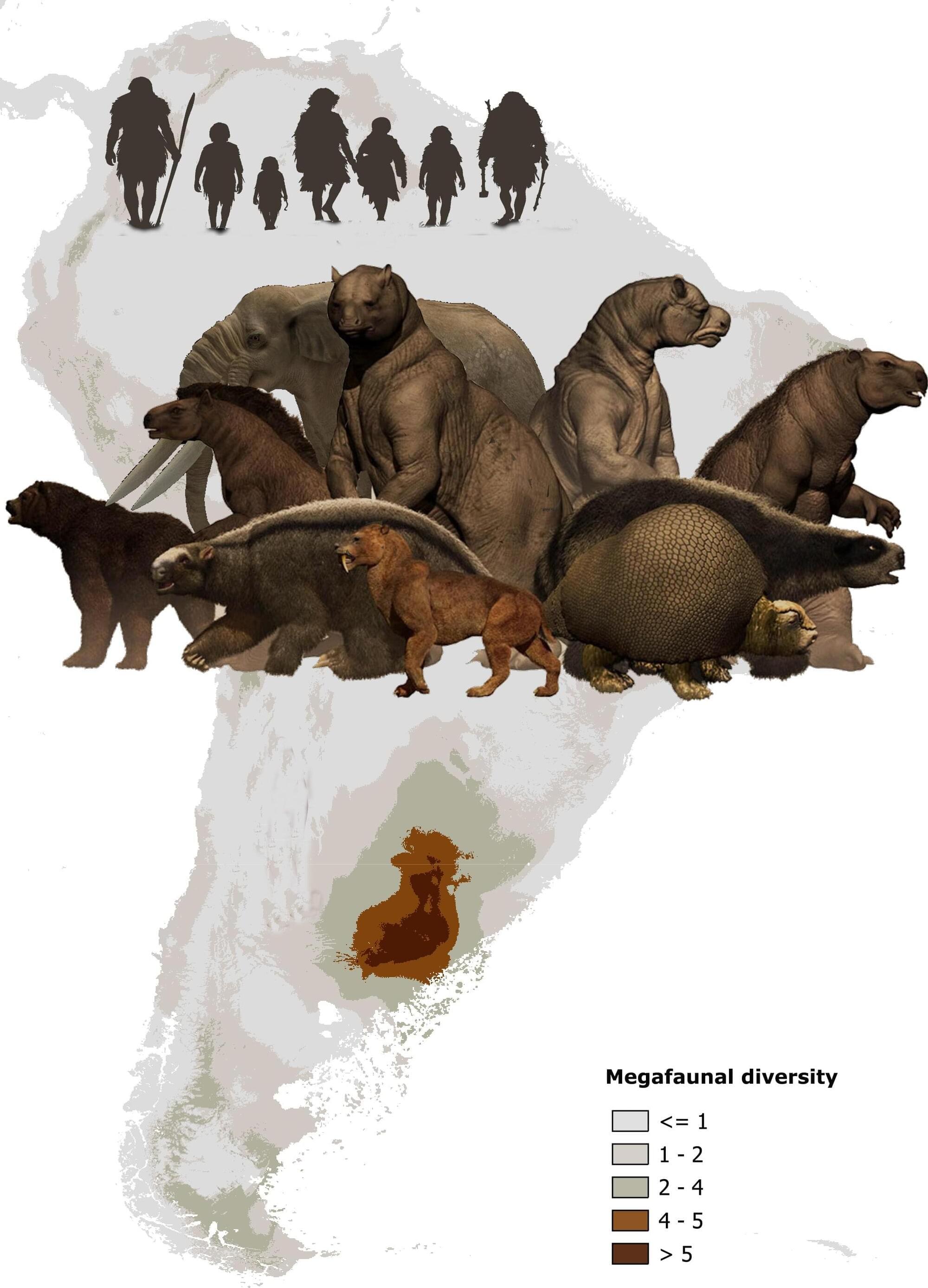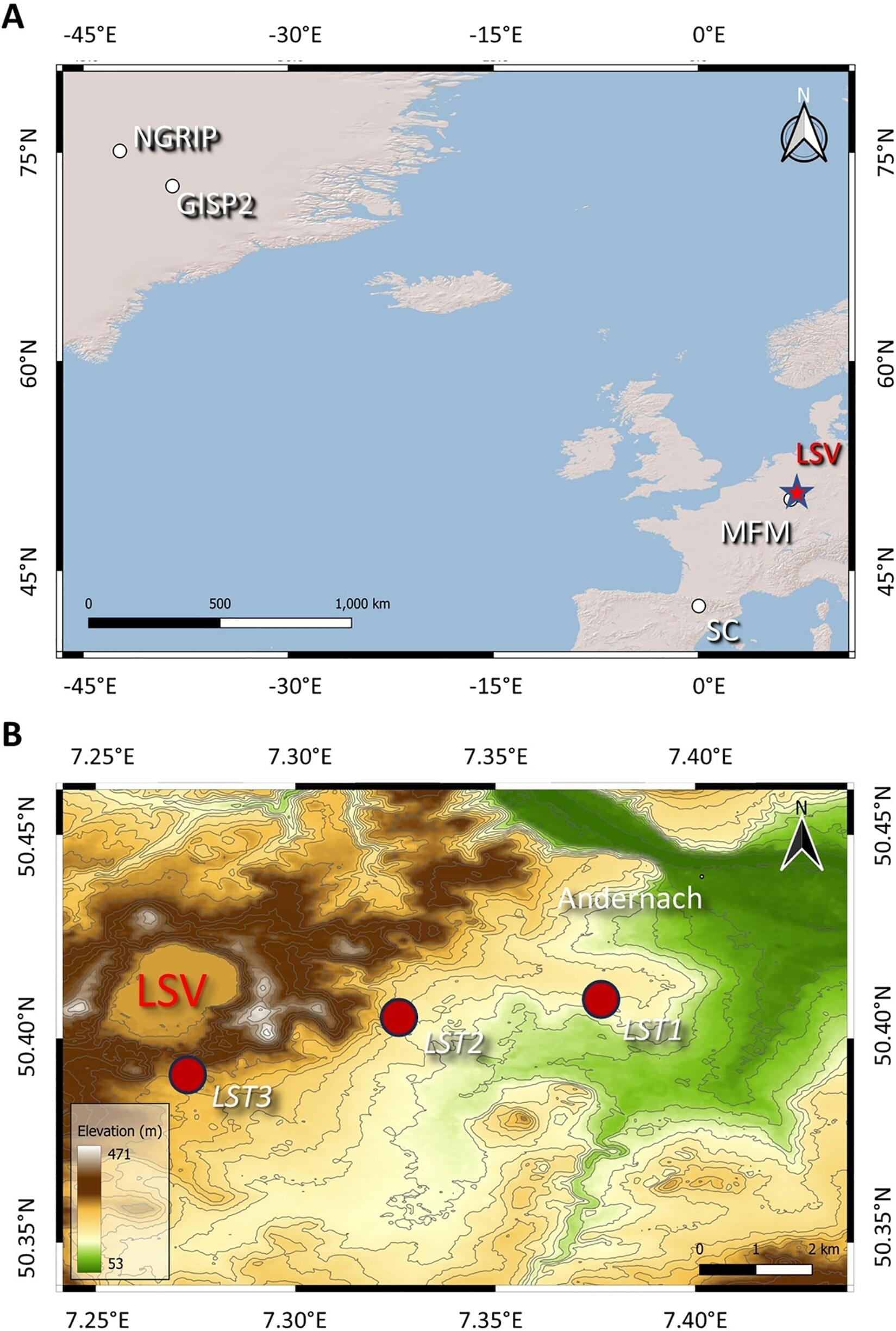AI companies are explicitly working toward AGI and are likely to succeed soon, possibly within years. Keep the Future Human explains how unchecked development of smarter-than-human, autonomous, general-purpose AI systems will almost inevitably lead to human replacement. But it doesn’t have to. Learn how we can keep the future human and experience the extraordinary benefits of Tool AI…
https://keepthefuturehuman.ai.
Chapters:
0:00 – The AI Race.
1:31 – Extinction Risk.
2:35 – AGI When?
4:08 – AI Will Take Power.
5:12 – Good News.
6:52 – Bad News.
8:11 – More Money, More Capability.
10:10 – AI-Assisted Alignment?
11:32 – Obedient vs Sovereign AI
12:53 – AI Is a New Lifeform.
Original Videos:
• Keep the Future Human (with Anthony Aguirre)
• AI Ethics Series | Ethical Horizons in Adv…
Editing:
https://zeino.tv/





